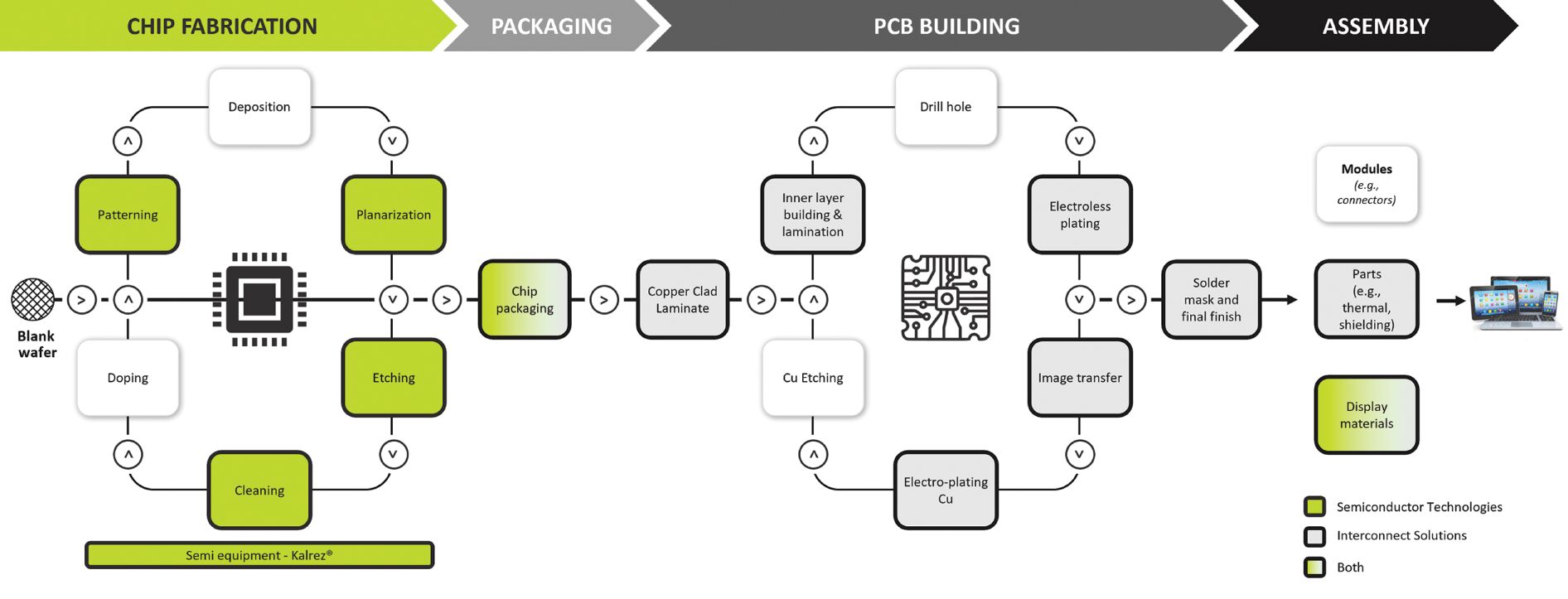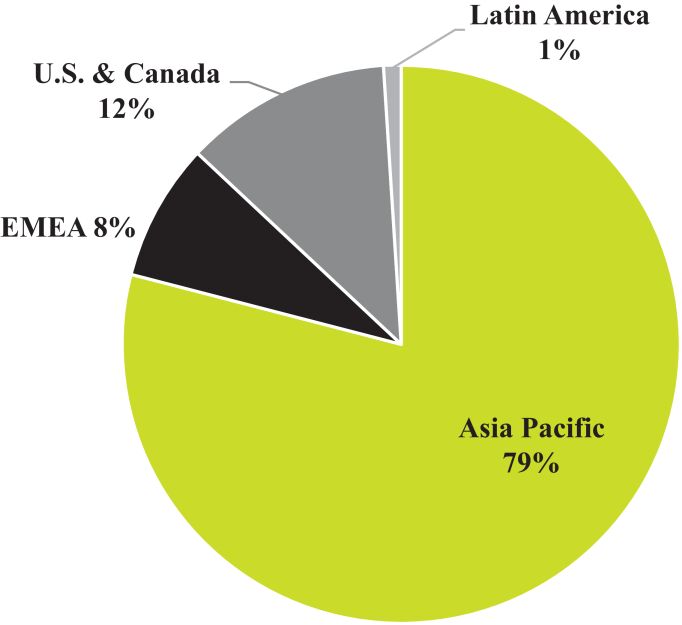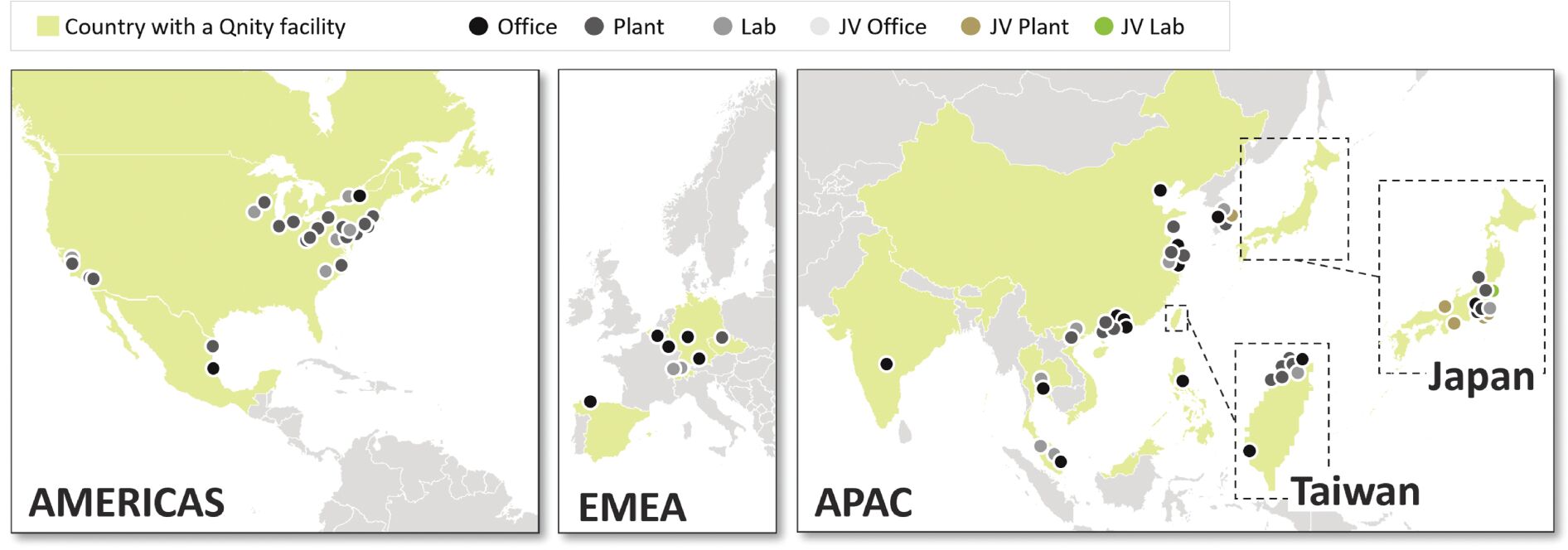Exhibit 99.1

As previously announced, DuPont de Nemours, Inc. (“DuPont”) intends to separate its electronics business, which includes its semiconductor technologies and interconnect solutions businesses, into an independent public company, Qnity Electronics, Inc., referred to herein as “Qnity”. Completion of the spin-off will create two global companies with compelling growth opportunities: Qnity, a pure-play, global leader in electronics materials and solutions; and the future DuPont, a premier diversified industrial company.
We are pleased to inform you that on , our board of directors approved the spin-off of our electronics business through the distribution to DuPont stockholders of all of the then issued and outstanding shares of common stock of a newly formed company, Qnity, which will hold our electronics business.
The spin-off of our electronics business is expected to be completed on , 2025, and will be effected by way of a pro rata distribution of Qnity common stock to DuPont stockholders of record as of the close of business, Eastern Time, on October 22, 2025, the record date. For every shares of DuPont common stock held on the record date, each DuPont stockholder will receive shares of Qnity common stock. Qnity common stock issued in the distribution will be issued in book-entry form only, which means that no physical share certificates will be issued.
Following the spin-off of Qnity, DuPont common stock will continue to trade on the New York Stock Exchange (the “NYSE”) under the symbol “DD”. This transaction is the first step toward creating two independent companies that are better positioned to capitalize on significant growth opportunities and to focus their respective resources on their particular business and strategic priorities.
We expect the distribution of Qnity common stock to be tax-free to you for U.S. federal income tax purposes, except for any cash received in lieu of fractional shares. You should consult your own tax advisor as to the particular tax consequences of the distribution of Qnity common stock to you, including potential tax consequences under state, local and non-U.S. tax laws.
Stockholder approval of the distribution is not required. In addition, you do not need to take any action to receive your Qnity common stock and you do not need to pay any consideration or surrender or exchange your DuPont shares in order to receive Qnity common stock. Immediately following the distribution, you will own common stock in DuPont and Qnity. Subject to obtaining requisite approval, we intend to list the Qnity common stock on the NYSE under the symbol “Q”.
We encourage you to carefully read the enclosed information statement. A Notice of Internet Availability containing instructions describing how to access the information statement will be mailed to all DuPont stockholders who held shares of DuPont common stock as of the record date for the distribution. The information statement describes the spin-off of Qnity in detail and contains important information about Qnity, including its business, financial condition and operations, and the distribution.
The DuPont board of directors believes that creating two focused companies will maximize value for all DuPont stockholders, and this separation is an exciting step in this process. We want to thank you for your continued support of DuPont and we look forward to your support of Qnity in the future.
| Sincerely, | ||||
| Lori D. Koch Chief Executive Officer DuPont de Nemours, Inc. |
Edward D. Breen Executive Chairman DuPont de Nemours, Inc. | |||







